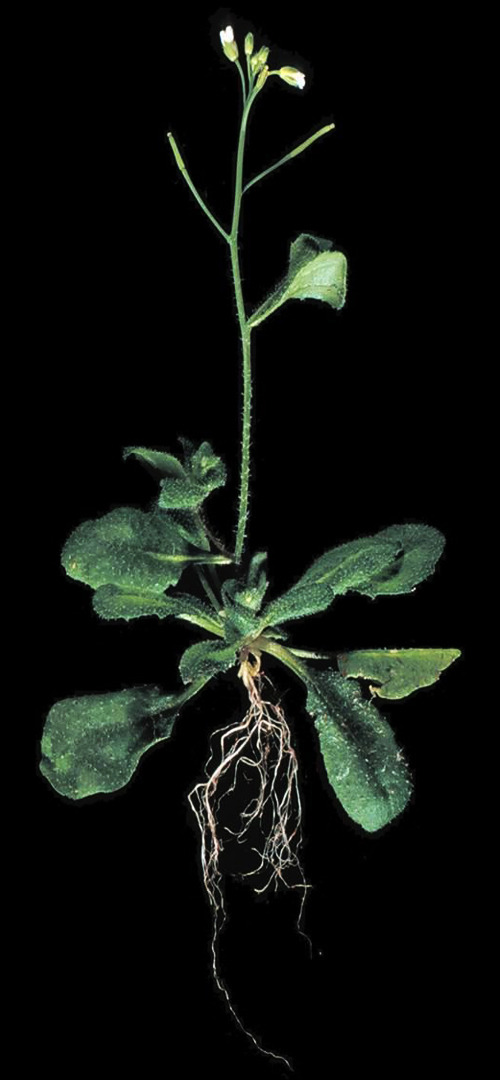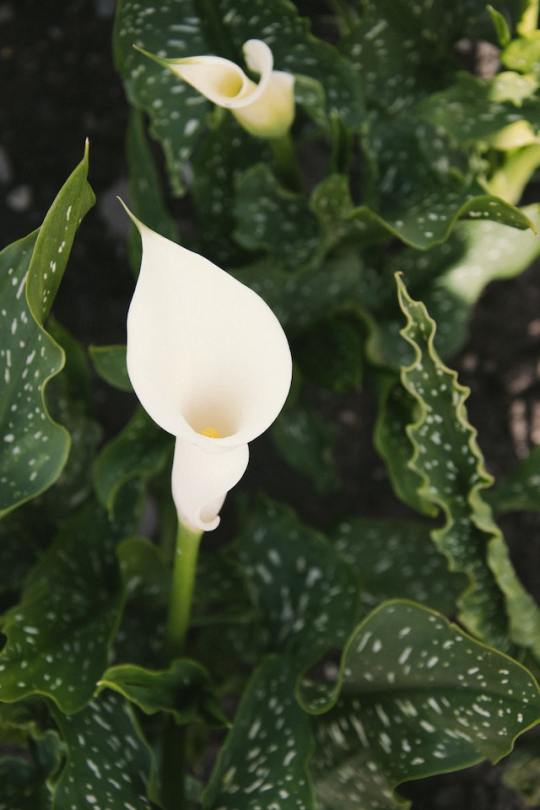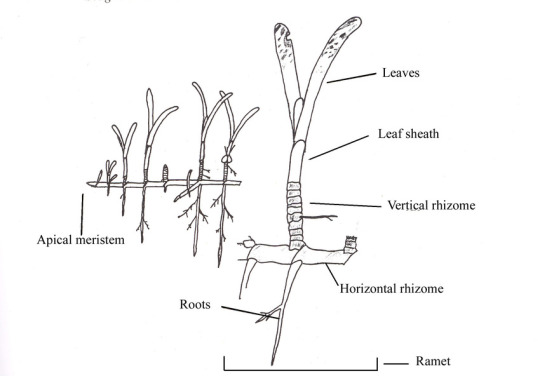#Crop_Seeds
Explore tagged Tumblr posts
Text
THE REALITY OF WORLD HUNGER IN 20 YEARS' TIME
INNOVATIONS IN AGRICULTURE: WHAT THE BILL AND MELINDA GATES FOUNDATION HAVE BEEN INITIATING ALONG WITH R.I.P.E. PROJECT MANAGER, STEPHEN LONG.
THE STATS
☆ The UN's Food and Agriculture Organization says 70% more food will be needed by 2050.
THE 1ST GREEN REVOLUTION
☆ In the mid-twentieth-century, when many parts of the world where nearly starving, the Green Revolution prevented this and 1 billion lives were spared.
☆ This was achieved through irrigation, hybridized seeds and man-made fertilizers and pesticides from industrialized countries, sent to the third world.
THE R.I.P.E. PROJECT
☆ The R.IP.E project is initiating what it hopes will become a revival: egging a twenty-first-century Green Revolution on by genetically engineering crop plant seeds, in order for crop plants to photosynthesize more efficiently.
INEFFICIENT PHOTOSYNTHESIS RATES IN CROP PLANTS AND THE LACK OF DARK GREEN LEAF MATERIAL - THE GAUGE, DETERMINING CHLOROPHYLL CONTENT.
☆ In crop plants, phototosynthesis has been found to be in short supply - with farmers using weak parent plant genes in seeds for the new season's sowing - due to a gap in the evolution of crop plants; as the plants adapt to surrounding plants, bugs ,birds and small animals; ensuring a win over their competitors for sun, water and nutrient-rich and oxygenated soil - photosynthesis necessities and biodiversity fundamentals.
DYNAMIC CONTACT - A TERM USED IN CORPORATE MARKETING
DYNAMIC INTERACTION - The special, symbiotic, beneficial or parasitic relationship between an ecosystem's species, that egg on adaptations in a particular species.
☆ Crop plants are not in the same Dynamic Contact with organisms as eco-system regulars because all and any plants that happen to sprout near or on a crop site are usually uprooted or are treated with herbicides. This is in an effort to keep all available natural resources for the crop plant to make use of alone. Also, due to pesticides/insecticides, crop plants have very little Dynamic Contact with insects, very necessary for the crop plants evolutionary adaptations, as insects teach crop plants how to protect their yield and other functions like maximizing the surface area in the sun but they also pollinate - yes! pollinate! - crop plants.
I think in recent years, it seems, insects have all but died out. No glow-worms, earthworms, dung beetles, fireflies, silkworm and so on. My theory is that we can thank our farm food crop pickers and planters as the pollen would probably get stuck between fingerprint ridges and that is what has been fertilizing many plants.
TIRED SOIL - DEVOID OF NUTRIENTS AS CHEMICAL FERTILIZERS LEAVE BEHIND NITRATE CRYSTALS (300X MORE TOXIC THAN CO2) AND THEIR PRESENCE ALSO KILLS OFF EARTHWORMS - NECESSARY TO OXYGENATE TOPSOIL AND BIO- DEGRADE ORGANIC MATERIALS LEAVING BEHIND NUTRIENTS.
☆ Also, crop plants are usually planted, crop upon crop, year after year, draining the soil of necessary nutrients needed to facilitate photosynthesis.

Agapanthus leaves, showing the high concentration of chlorophyll, visible through the dark green pigmentation of the leaves.
EVOLUTION WOULD INADVERTENTLYKILL OFF LONE CROP PLANTS.
☆ Evolution's natural selection would focus on survival and reproduction and therefore would focus on pollination. So in theory, for example, the plant would adapt by producing a concentrated but light and maybe sticky, pollen, easily detached by bee legs and snout, thereby maximizing the survival of the crop plant by trying to accelerate population growth rate.
25% MORE CARBON DIOXIDE IN OUR ATMOSPHERE IN THE LAST 50 YEARS. CARBON BASINS, IN THE FORM OF ICEBERGS, FORESTS AND SEA AND RIVERBEDS ARE IMPERITIVE FOR EXCESS CARBON TO BE ABSORBED. REFORESTATION PROJECTS WILL ABSORB THIS INCREASE IN CARBON DIOXIDE.
☆ In the last 50 years, a major molecule needed in photosynthesis - carbon dioxide - has increased in our atmosphere, by 25%.
☆ The Bill and Melinda Gates Foundation has funded the genetic engineering of crop seeds in order to increase food production, globally.

The Bill and Melinda Gates Foundation logo
☆ In the tobacco plant leaf there is a stoma which enables gaseous exchange which, during a drought, would retain water. Hoping that the gene responsible for the tobacco plant's stoma function could be implanted in the crop plant and assist to shed heat energy, emanating from a moistureless, evaporated surface and topsoil and atmosphere quicker, genetic engineers have attempted to isolate the gene responsible for the tobacco plant's stoma and insert it into crop plants.
☆ After genetic engineers at R.I.P.E. transferred genes from the Thale Cress plant - three variants thereof - they had crop yields that were increased by 30%, 19.5% and 20%.

Thale Cress
GENETICALLY ENGINEERED THALE CRESS IS A WATERWISE G.M. PLANT.
☆ The same amount of water was used for genetically engineered plants, compared to the parent plant that had not been modified yet, and only 1% more nitrogen was used by the GM Thale Cress.
WE CAN CONCLUDE THAT INDOOR FOOD GROWING WOULD NOT BE TAXING ON AVAILABLE WATER SUPPLY.
☆ Photosynthesis is a complex procedure which requires over 160 discrete steps. The program used for dreaming up potential combinations of genetic engineering - taking one species useful characteristics and then inserting the gene responsible and inserting it into another species lacking that particular function - has been attempting billions of manipulations, mathematically and in a Latin kind of way, depending on what is possible and hopefully solutions will be made commercially available soon.
My personal opinion is that in order to reduce heat energy in the atmosphere, we need to:
1. Blow up rock formations. Use smaller paving tiles and bricks etc. and use an organic or non heat conductive grout in between.
2. Stop using chemical fertillizer altogether, as the Nitrate crystals left behind are also big conductors of heat. It also kills off earthworms, who cool the soil with their oxygen by-product.




3. Use the gene that generate the leaves of the Agapanthus or the Arum Lily. In addition, if the Arum lily rhyzome root system gene can be implanted in the crop plant; the seed then mixed with a tree that produces a lot of shade but mottled shade (maybe making mini trees the same height as the crop plant) and establishes it's roots deeper down in the soil than the crop plant and then, lastly, the stuff on the ends of those backscrubbers from Zimbabwe; I think it's called whittles; if those 3 species could be joined to the crop plant seed (a 4-in-1 kind of seed) we would have some shade, bio-diversity and the rhyzome "creeper" root that sprouts the plant in a planter's ROW, saving space inbetween; maximizing yield and covering bare earth. The whittles will act as a filter between the sun and moisture in the topsoil as well as act as a carbon basin foundation.
The farmer would also never have to pull out harvest plant leftovers or burn the field as the root system would make the crop plant an evergreen plant, meaning it would not have to be sowed and cut down - only the harvest fruits removed; which would/could produce food all year, potentially.



Source -
The Plant Whisperer pg.62 Interesting Magazine 46/2019
#world_hunger#Green_Revolution#Bill_and_Melinda_Gates_Foundation#R.I.P.E.#The_Ripe_Project#Stephen_Long#Crop_Seeds#Crop_Seed_Engineering#photosynthesis#evolutionary_lagging_in_crop_plants#Africulture#agriculture#food_growing#climate_change#deforestation#REFORESTATION
3 notes
·
View notes